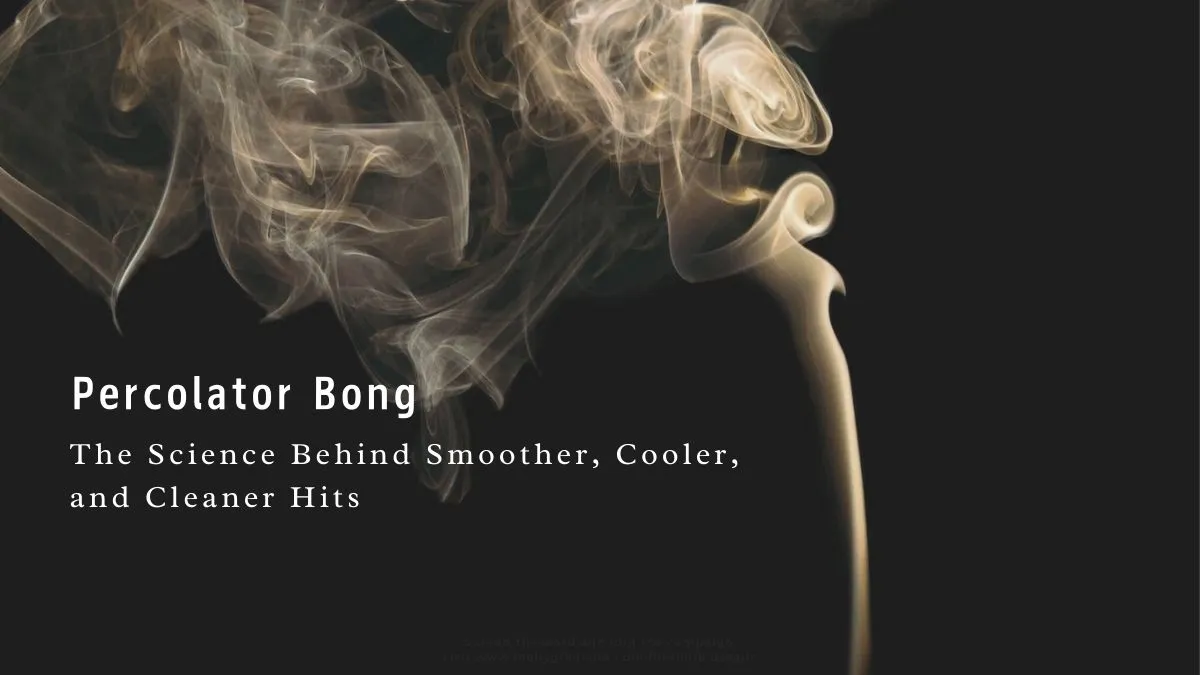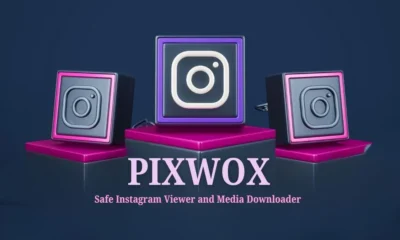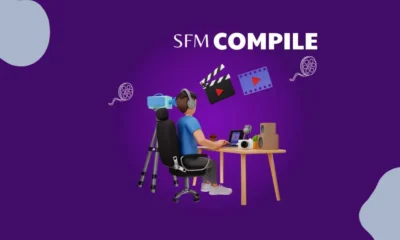GENERAL
Percolator Bong: The Science Behind Smoother, Cooler, and Cleaner Hits

Percolator bong, for anyone that enjoys smoother hits and cooler smokes, really is a game-changer. Unlike regular bongs, the filtration system comes built-in as it breaks smoke into tiny bubbles, increases its surface area, and cools it down as it goes towards your lungs, making each hit less harsh as well as help filter out impurities. Good filtration is key in smoking devices because it reduces irritation and enhances the overall experience. In this article, we’ll dive into how percolator bongs work, why they’re worth considering, and what makes them different from standard water pipes.
What is a Percolator Bong?
A percolator bong is a water pipe that features an additional filtration system for improved smoking. It includes the main chamber, a downstem, a bowl for the material, and one or more percolators, which are small structures inside the bong that help filter and cool the smoke. Unlike standard bongs, which typically have one water chamber that only serves as a basic filter, percolator bongs use extra diffusion techniques to create hits that are smoother and less irritating. Percolators are built in a variety of shapes: tree, honeycomb, and showerhead percolators all break down and filter smoke in different ways.
The Science Behind Percolation
Percolation forces smoke through water and creates smaller bubbles, increasing surface contact with the liquid. This process cools the smoke through heat dissipation and removes some unwanted toxins and tar. Bubbles play a significant role in filtration because water captures heavier particles and ash to prevent them from reaching your lungs. Smaller particles and slower inhalation result in a smoother and more comfortable experience that is less irritating to the throat, thereby generally providing comfort and efficiency through the refinement of how smoke is dispersed and filtered
Types of Percolators
There are various styles of percolators, each design filtering and cooling the smoke in a different manner. Tree-style percolators feature arms with slits that allow for some slight diffusion, but they are quite difficult to clean. A honeycomb design consists of flat discs with small perforations. An inline percolator is horizontal, utilizing a tube fitted with slits or holes to provide even, smooth diffusion and a constant, gentle airflow. Matrix percolators combine several diffusion methods in one chamber, offering a balanced mix of smoothness and efficiency. Showerhead percolators employ a vertical tube with slits at the bottom, resembling a showerhead, to create a uniform bubbling effect. Turbine percolators achieve this by spinning smoke and water into a vortex, cooling and filtering while adding a visual element. Honeycomb and matrix percs excel at filtration; smooth, effortless pulls are the aim with turbine and showerhead designs
Materials Used in Percolator Bongs
Glass bongs provide the best smoking experience but can be fragile, requiring careful handling. They are almost unbreakable, making them ideal for traveling, but they retain odors and do not allow one to inhale as smoothly as glass bongs. The acrylic version is the cheapest and hardest, but flavor quality is affected, and it’s a lot less heat-resistant. The material choice here affects both smoking performance and overall lifespan; as such, despite the gold-standard status of glass, silicone or acrylic options ensure a more sustainable product at a cost to smoker quality.
How to Use a Percolator Bong
Fill the bong with enough water to barely cover the chambers and submerge the percolators. However, too much water can produce splashback, which increases extra resistance. Tamp the material in the bowl well, which should be of fine grind size for an evenly burning hit. When lighting up, inhale slowly while simultaneously applying heat so that smoke develops steadily. The percolators will start to diffuse the smoke through the water, so take a controlled pull to allow full filtration. In order to clear the chamber, remove the bowl while inhaling to get the remaining smoke. Regular cleaning is essential to keep airflow smooth and maintain the best performance from your percolator bong.
Choosing the Right Percolator Bong
The best percolator bong depends on several factors. Size is one of the key factors: larger bongs provide more filtration and smoother hits but are less portable, while smaller ones are easier to handle but may have limited percolation. Material: Glass is the most popular due to its clean taste and durability, but silicone and acrylic also exist as options for individuals who prioritize break resistance. Your smoking style is best complemented by the design and percolator type—for example, honeycomb percs provide excellent filtration with minimal drag, and tree percs create super smooth hits but require a significant amount of maintenance. Finally, the best solution is to find that balance between functionality, durability, and price. Most percolator bongs are made from borosilicate glass, which has good heat resistance and flavor preservation.

Benefits of Using a Percolator Bong
The primary benefit of a percolator bong lies in its superior filtration compared to regular bongs, removing more impurities and ash, which results in cleaner and purer smoke. The additional water diffusion also cools the smoke, making each hit less harsh on the throat and lungs.By breaking the smoke into finer particles, percolators help reduce exposure to harmful substances, providing a slightly safer smoking experience. Another significant benefit is the enhanced flavor—by filtering out excess heat and contaminants, percolators allow the true taste of the material to shine through, resulting in a more enjoyable and satisfying session
Potential Drawbacks
Whereas a percolator bong may be smoother in smoking, they have some negative aspects. A major problem with them is the maintenance; the extra filtration chambers require more frequent and thorough cleaning to prevent buildup of resin that can clog the bong. Another major drawback is something called drag, which means the resistance inhaled. Some percolator designs, particularly multi-chambered ones, are more challenging to pull smoke through, so a stronger lung is required. Percolator bongs tend to be less robust than a standard bong. The fine glasswork and the fragile nature of the percolator create more breakability, so utmost care must be exercised in handling and storage. Operating a percolator bong is quite simple, but the best effect will only come when it’s properly set up.
Future of Percolator Bong Technology
As tobacco smoking technology advances, percolator bongs are becoming increasingly sophisticated in design and materials. Currently, 3D-printed glass percolators and modular bongs are simplifying customization, enabling users to easily swap percolators for different filtration effects. Popular percolator shapes that enhance airflow and diffusion for smoother hits include spirals and multi-chamber systems. Self-cleaning percolator bongs utilizing water circulation or special coatings could soon emerge to minimize the accumulation of residues. As consumer preferences shift, we will see more compact, portable percolator bongs that provide high-end filtration in a travel-friendly size. The future will bring bongs that are low-maintenance, more durable, and tailored to your smoking needs. Percolator bongs have completely transformed the act of smoking, making it offer smoother, cleaner, and more enjoyable hits through advanced filtration
Conclusion
We covered all the various types of percolators, their advantages, disadvantages, and considerations when deciding which one you prefer. While they are more maintenance-intensive and require careful handling, their ability to cool and purify smoke makes them favorites among enthusiasts. With innovations on the horizon, percolator bongs will continue to improve. Whether you’re a beginner or a seasoned user, investing in a quality percolator bong can significantly enhance your smoking experience. With these features and trade-offs in mind, it will guide you toward an informed decision that best fits your needs.
-

 BIOGRAPHY7 months ago
BIOGRAPHY7 months agoBehind the Scenes with Sandra Orlow: An Exclusive Interview
-

 HOME1 year ago
HOME1 year agoDiscovering Insights: A Deep Dive into the //vital-mag.net blog
-

 HOME1 year ago
HOME1 year agoSifangds in Action: Real-Life Applications and Success Stories
-

 BIOGRAPHY1 year ago
BIOGRAPHY1 year agoThe Woman Behind the Comedian: Meet Andrew Santino Wife




























